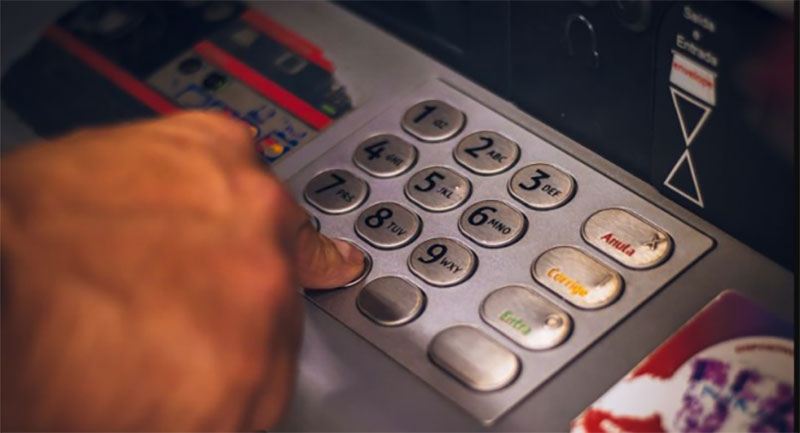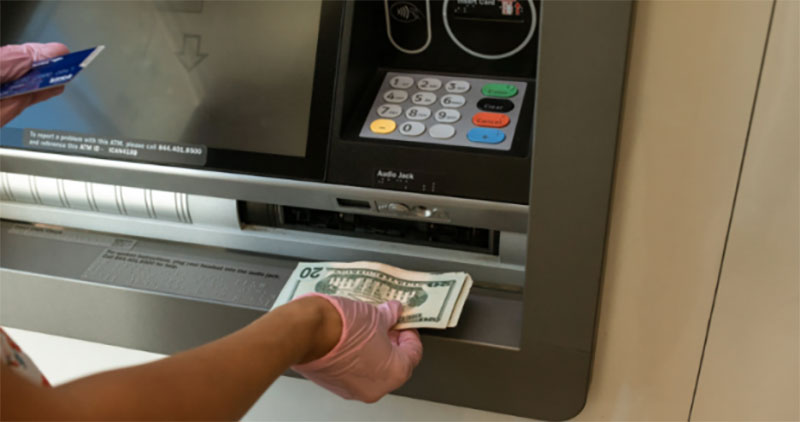Trade Liberalization
Trade liberalization is eliminating or reducing trade obstacles between nations, such as tariffs and quotas. When there are fewer obstacles to commerce, the price of items sold in nations that import goods is lower.
Triston Martin
May 26, 2023
They may need to record a customer's deposit correctly, give out the wrong amount of cash, forget to issue a receipt, or even keep a customer's banking card.
The most dramatic mistakes happen when ATMs give money out to anyone who walks by, regardless of whether or not they have funds in their account.
Once or twice a year, the news will report on a large crowd forming around an automated teller machine (ATM) that has accidentally started dispensing bills. In 2010, according to The New York Times, Bank of Ireland ATM users withdrew more money from their accounts than they had on deposit. Despite having no savings, a cab driver managed to walk away with 700 euros.

No longer is hard currency valued most highly. The pandemic has hastened the transition away from a cash economy. But some of us still prefer to carry cash for a few purchases, such as those made at the local café that refuses to accept contactless payments, those made on Gumtree, and those made while hiring a handyperson. This means we will still need to use ATMs on a sporadic basis.
Some people get nervous when they use ATMs. You may be concerned that the ATM will not give you the exact amount you requested or that it may close its electronic gate before you can take the bills. Some unlucky customers experience these issues, which occur more frequently than you might imagine. It isn't easy when your bank account shows a withdrawal, but you do not have any cash.
You have just finished a delicious meal at a restaurant on Victoria Island in Lagos or Abuja, and the cashier informs you that they only accept cash. However, while you hastily withdraw money from an ATM, try to keep a few things in mind.
The individual in the back of your line is not the only one affected. A more advanced form of card skimming involves using hidden cameras to capture your PIN as you enter it. A smart plan? Keep the figures hidden by using your free hand. It is wiser to err on the side of caution regarding money.
Surely machines must make a good decisions. Wrong. If you find a problem with your transaction and need to dispute it, a receipt from the ATM is the finest evidence you may have. You need not keep it until your withdrawal (or deposit) is processed. Remember: shred that receipt before you throw it away. What an identity thief can do with your name and part of your account number will astound you.
While making an ATM withdrawal with a credit card may feel more secure than a debit card, the fees associated with doing so are incredibly high. (Not to mention that additional cash-advance transaction costs are often tacked on.) To make matters worse, credit card cash withdrawals incur interest immediately. The takeaway is that, barring extreme circumstances, you should only ever use your debit card at an ATM.
The fees at some ATMs might be outrageous. This remains the case despite regulations about ATM fees issued by the Central Bank of Nigeria. If you see something strange on your ATM statements, do not hesitate to call your bank and dispute the charges. In most circumstances, they will waive the fees if you are a good customer (and politely explain that you had no other choices). It all adds up to a significant sum.

Your initial step should be to call your bank and report the ATM's malfunction. Take note of the ATM's location and branding information. If you have any issues with an ATM, regardless of who operates it, you should always contact your bank first.
For example, in Australia, customers unhappy with the results of their bank's ATM investigation can file a formal complaint. The customer can take their complaint to the Australian Financial Complaints Authority if the bank cannot resolve it. Based on the facts and evidence, AFCA will decide. The AFCA may rule that a customer is entitled to a refund, but it may also conclude that no reimbursement is warranted.
The first step in getting your bank to listen to your story about a malfunctioning ATM is to convey your account. You have the best chance of getting your lost money back by using Ajust, a free and straightforward approach to describe what happened with a faulty ATM.
Trade Liberalization
Trade liberalization is eliminating or reducing trade obstacles between nations, such as tariffs and quotas. When there are fewer obstacles to commerce, the price of items sold in nations that import goods is lower.
Waiver of Premium Rider
According to the provisions of an optional rider that can be added to your insurance policy, the insurance company may reckon to waive your premium after a preliminary waiting period if you become disabled until you reach a certain age, such as 60 or 65. This would be in accordance with the terms of your insurance policy. A waiver of premium rider is the name given to this kind of rider.
How to Clear Your Driving Record to Save On Car Insurance?
If you've had the unfortunate experience of receiving a moving infraction while driving, you may be wondering how you may have your driving record cleared. Or, more specifically, how can I remove a ticket from my record? You may even begin to question if it is feasible to restore your driving record to its previous state.
Lockbox Banking: What Is It?
Your staff members are probably wondering what a lockbox is, given the fast development in corporate payments technology. Commercial banks provide lockbox services to facilitate the flow of business transactions and speed up the collection and processing of account receivables for their customers.



